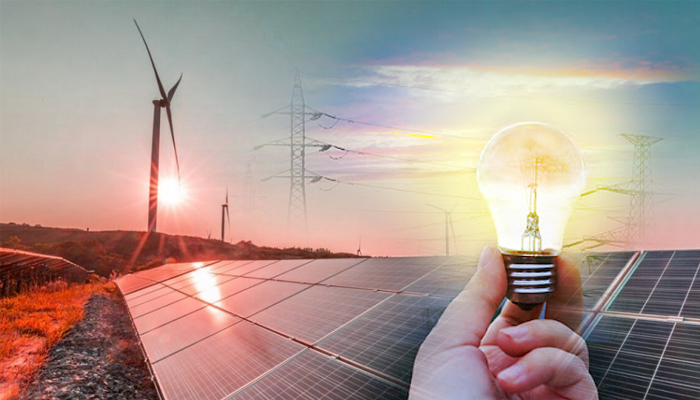Currently, fuel prices are touching the sky in the wake of Russia-Ukraine conflict and its impact on supply chain systems across the world. In addition to that the COP26 global climate summit held in Glasgow in November 2021 has recommended the move away from fossil fuels and to encourage decarbonisation for meeting the global climate change targets.
The best way forward for mitigating the growing fuel costs is to reduce increasing carbon footprint and to ramp up energy storage in deep decarbonization. As energy storage can allow 57% emissions reductions with as little as 0.3% renewable curtailment. The energy storage can electricity to be saved for a later, when and where it is most needed. This creates efficiencies and capabilities for the electric grid – including the ability to reduce greenhouse gas (GHG) emissions. Moreover, the generator flexibility can reduce curtailment and the amount of energy storage that is needed for renewable integration.
Currently there is much emphasis on energy storage decarbonisation to achieve desired economic and environmental outcomes.
Renewables for energy storage
Energy storage is key to increasing the penetration of variable renewables. the production of renewable energy has increased continuously to reduce fossil fuel consumption and CO2 emissions and to increase energy efficiency.
According to the NREL’s renewable electricity futures study about 120 gigawatts of storage would be needed across the continental United States by 2050, when the scenario imagined a future where 80% of electricity will come from renewable resources. The country currently has 22 gigawatts of storage from pumped hydropower, and another gigawatt in batteries.
Batteries for storage of energy
Batteries are the fastest growing storage technology and will play a key role to meet the goal of cutting greenhouse gas emissions.
The storage technologies can facilitate up to 40 services for electricity systems in the energy sector, including generating, transmitting and distributing the electricity, as well as increasing the self-consumption of solar and other renewable electricity sources by households, commercial buildings and industrial facilities across the EU. Batteries’ contribution is especially significant for renewables, as solar and wind power remain fluctuating sources with varying levels of energy produced. Batteries can store electricity and compensate for the moments when the wind is not blowing, the sun is blocked by clouds, or has set for the night.
Energy storage could reduce emissions
A study was conducted at the University of Michigan in the US to evaluate the role energy storage that might play in making renewable resources more reliable on a grid-wide basis
The study found that storage could help make more efficient use of power generated by sources such as wind and solar and could help power grids move away from relying on fossil fuels for energy. The study also said that electricity grids that incorporate storage for power sourced from renewable resources could cut carbon dioxide emissions substantially more than systems that simply increase renewably sourced power.
It is proved that low carbon energy storage can help emission reduction to a great extent. The energy storage technologies can also be compliant to future fuel sources to offer better carbon emission and reduce fuel costs in energy generation.
Tags: Energy storage decarbonisation, energy storage in deep decarbonization, Fuel Costs, Future Fuels, Low carbon energy storage, University of Michigan

Recent Posts
ARIPL to power up 700 MWp solar project
Basin Electric Power CO2 capture projects receive funding
FHWA announces grants to help reduce truck air pollution near ports
Industry leaders urge realism in green hydrogen push
Oslo implements bold measures to reduce dependence on motor vehicles
IHI admits improper alteration of data over 4,000 marine engines
Shipowners welcome 40% production benchmark
MPCC opts for 2 methanol dual-fuel ships